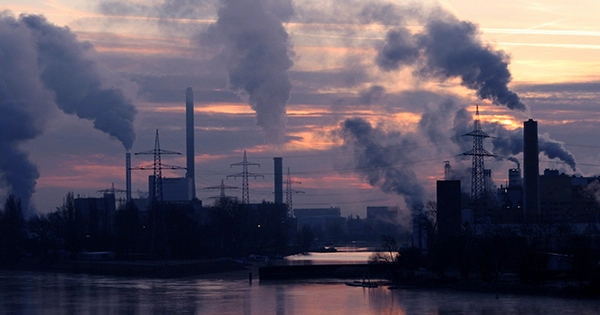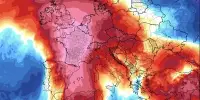Remember when, about this time last year, we finally got some positive environmental news? It found out that the epidemic had resulted in a 7% reduction in worldwide carbon dioxide emissions compared to the previous year — and even more in high-income nations. Daily CO2 emissions were as much as a quarter lower than forecast at their peak, and some speculated that the world was poised to witness the largest reduction in emissions since World War II.
By July, though, everything had returned to normal — a word that in this context signifies “hurling towards climatic disaster.” And, according to the International Energy Agency (IEA), humanity has produced the highest ever increase in carbon dioxide emissions in recorded history this year. “The increase in worldwide CO2 emissions of almost 2 billion tonnes [2.2 billion tons] was the greatest in absolute terms in history, more than compensating the previous year’s pandemic-induced drop,” the agency stated.
Carbon emissions increased to 36.3 billion tonnes [40 billion tons] as the globe recovered from the COVID-19 epidemic, the highest amount on record. When you factor in methane, nitrous oxide, and flaring-related CO2 emissions, the IEA projects that overall greenhouse gas emissions from energy will be at their highest level ever in 2021.
“Adverse weather and energy market conditions – particularly natural gas price spikes – aggravated the recovery of energy demand in 2021, resulting in more coal being burnt despite renewable power output growing at its fastest rate ever,” the IEA reported. China is the country most responsible for the surge in CO2 emissions, as its economic development and technical advancements during the epidemic resulted in the country’s largest increase in power demand ever – a spike of 10%, or nearly 700 TWh. To offset the growth in China’s power demand between 2019 and 2021, it would require nearly one in every five Americans – or the whole continent of Africa – to suddenly turn to a hermit lifestyle.
Despite the fact that China’s renewables sector grew at its fastest rate in history last year, demand for electricity far outstripped supply, with coal accounting for more than half of new energy output, according to the IEA. In 2021, China’s CO2 emissions surpassed 11.9 billion tonnes [13.1 billion tons], accounting for more than a third of world CO2 emissions.
“Coal is the world’s single largest source of carbon emissions, and this year’s historically high level of coal power generation is a worrying sign of how far the world is off-track in its efforts to reduce emissions to net zero,” said Fatih Birol, IEA Executive Director, in a statement about the increase in coal use at the end of last year. “Without strong and fast action by governments to reduce coal emissions – in a way that is fair, cheap, and secure for people impacted – we will have little if any, the hope of keeping global warming below 1.5 degrees Celsius.”
However, there is some good news. Despite the fact that coal emissions hit an all-time high of 15.3 billion tonnes [16.9 billion tons] in 2021, renewable energy sources and nuclear power actually provided a higher share of global electricity generation than coal in 2021, with renewable energy being the only fuel to increase demand throughout 2020. Last year, renewable energy sources generated a record-breaking 8,000 TWh of electricity, and while we still have a long way to go to reach net-zero (or more), the renewables sector is growing at a faster rate than ever before.
“Clean energy provisions in some big economies’ recovery packages have contributed considerably to moderating the near-term increase in emissions, particularly where low-carbon programs were already in place and could channel the additional funding rapidly,” according to the IEA report. “The world must now ensure that the global rebound in emissions in 2021 was a one-time event – and that sustainable investments combined with accelerated deployment of clean energy technologies will reduce CO2 emissions in 2022, keeping alive the possibility of achieving net-zero CO2 emissions by 2050.”













